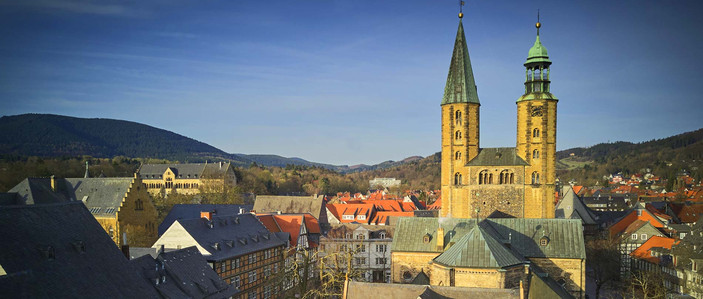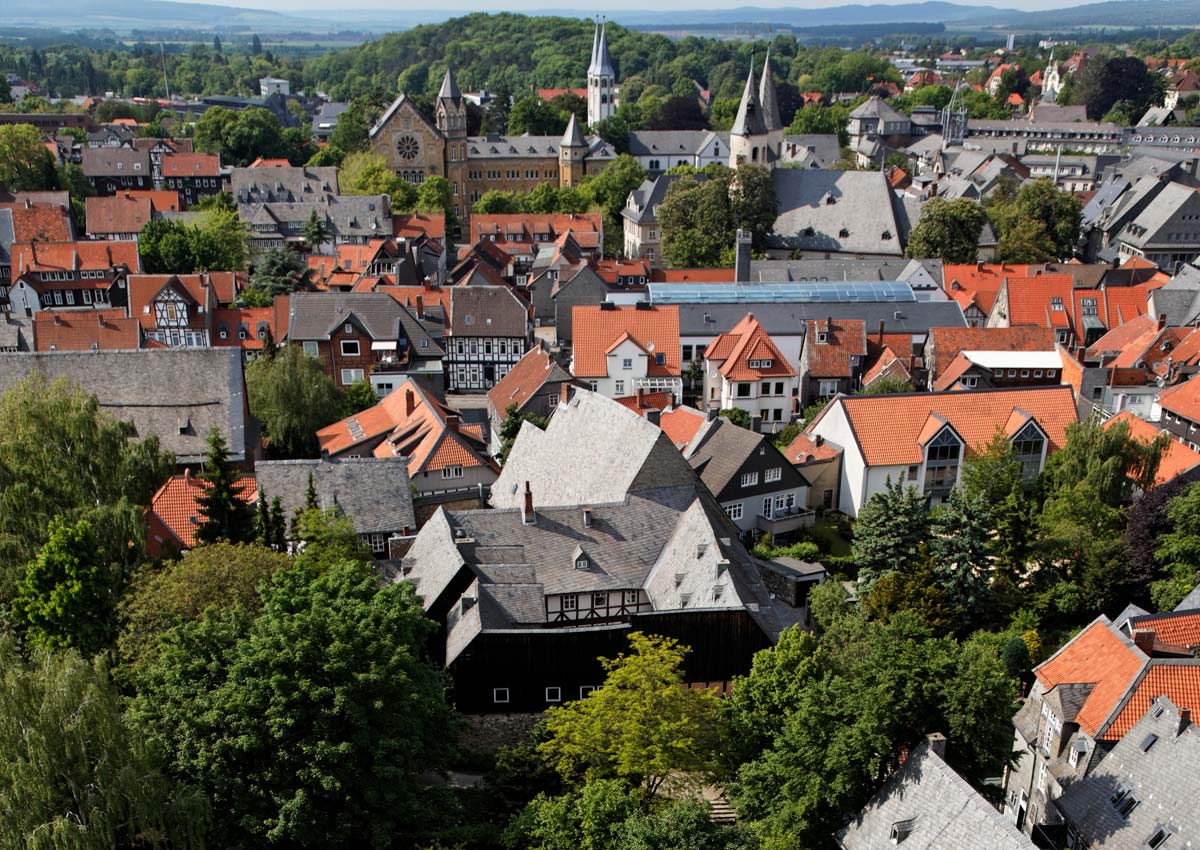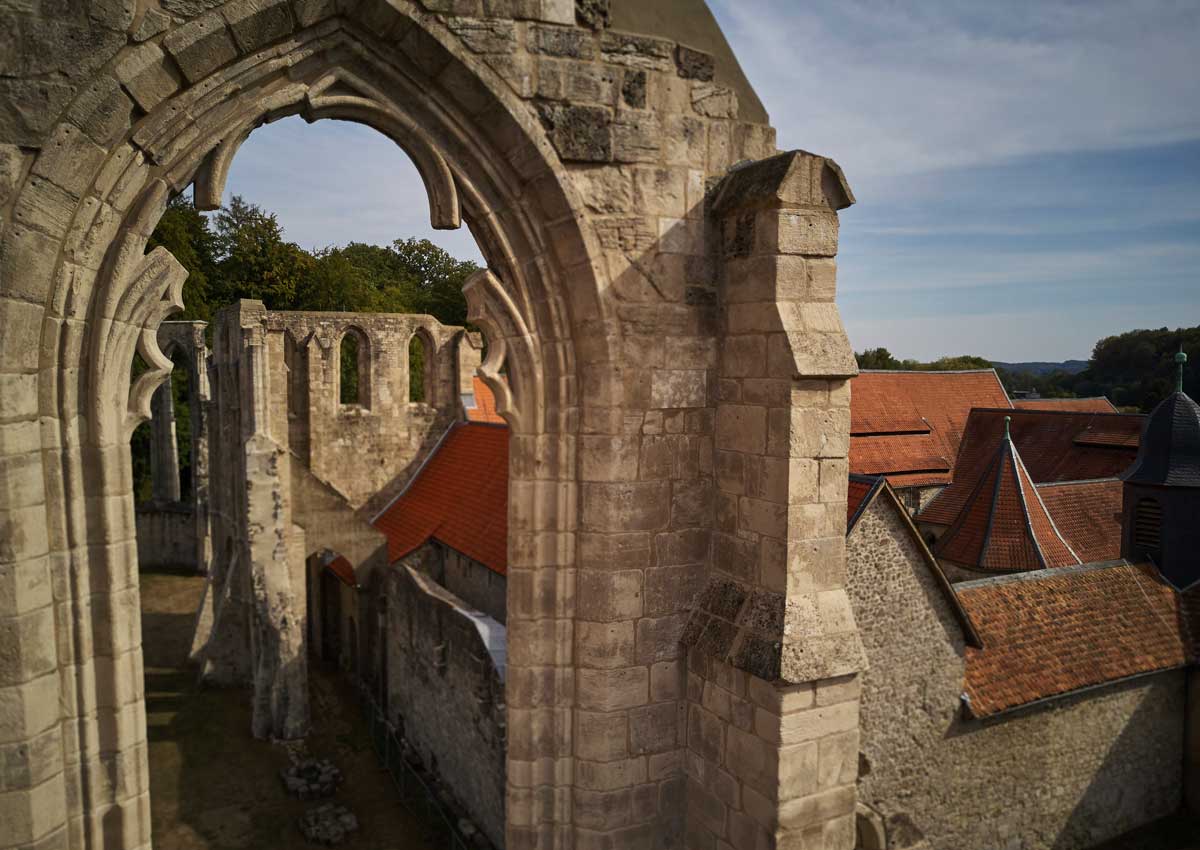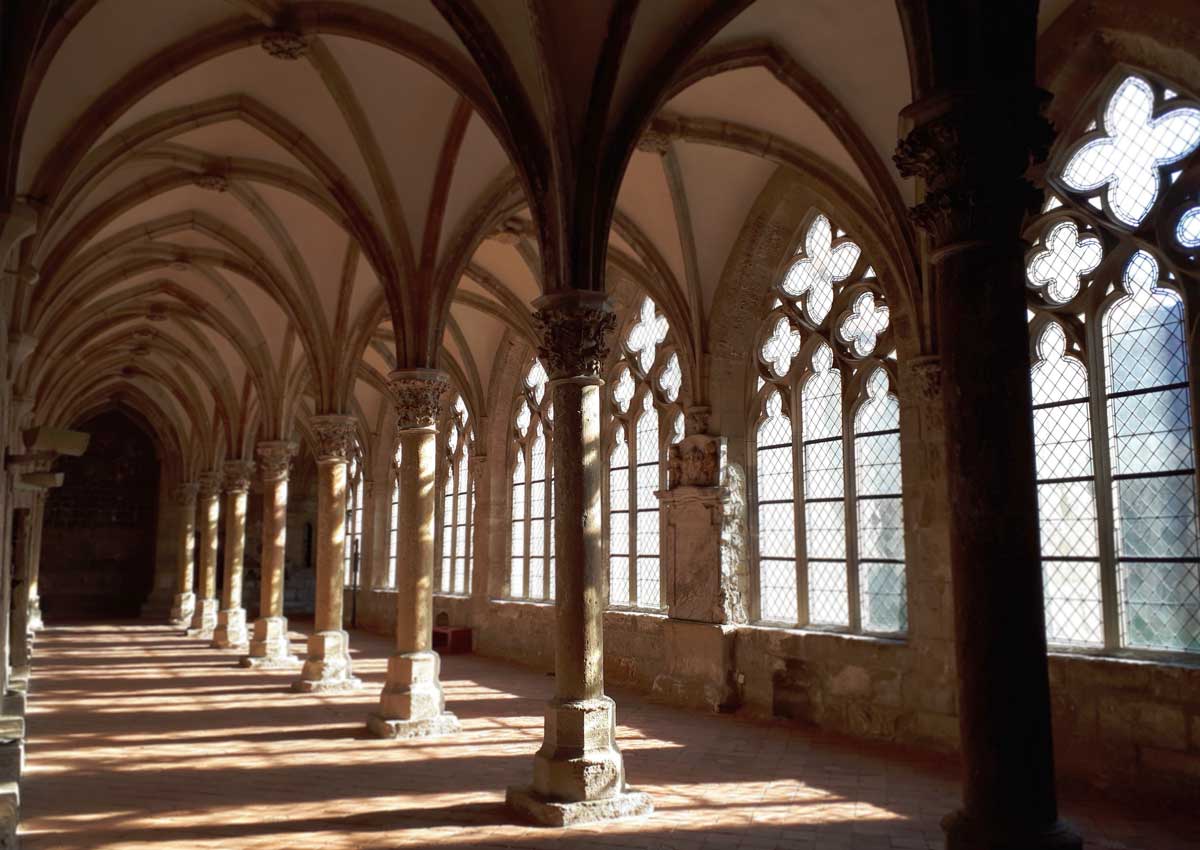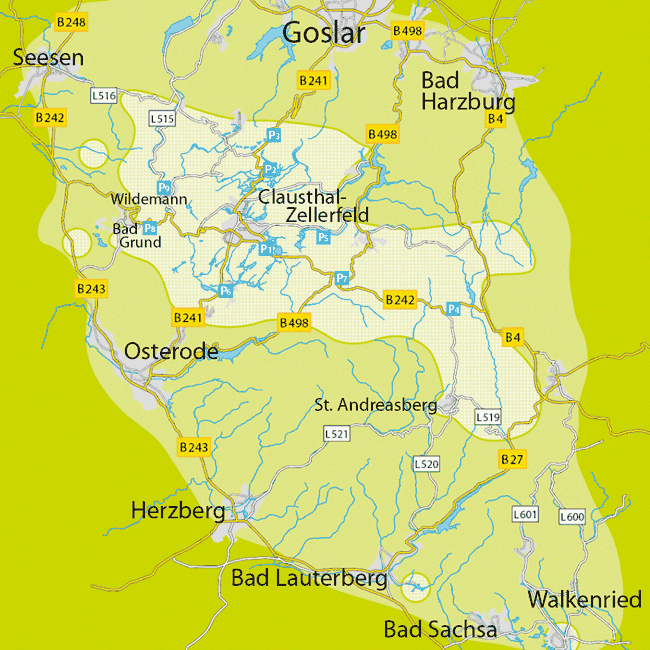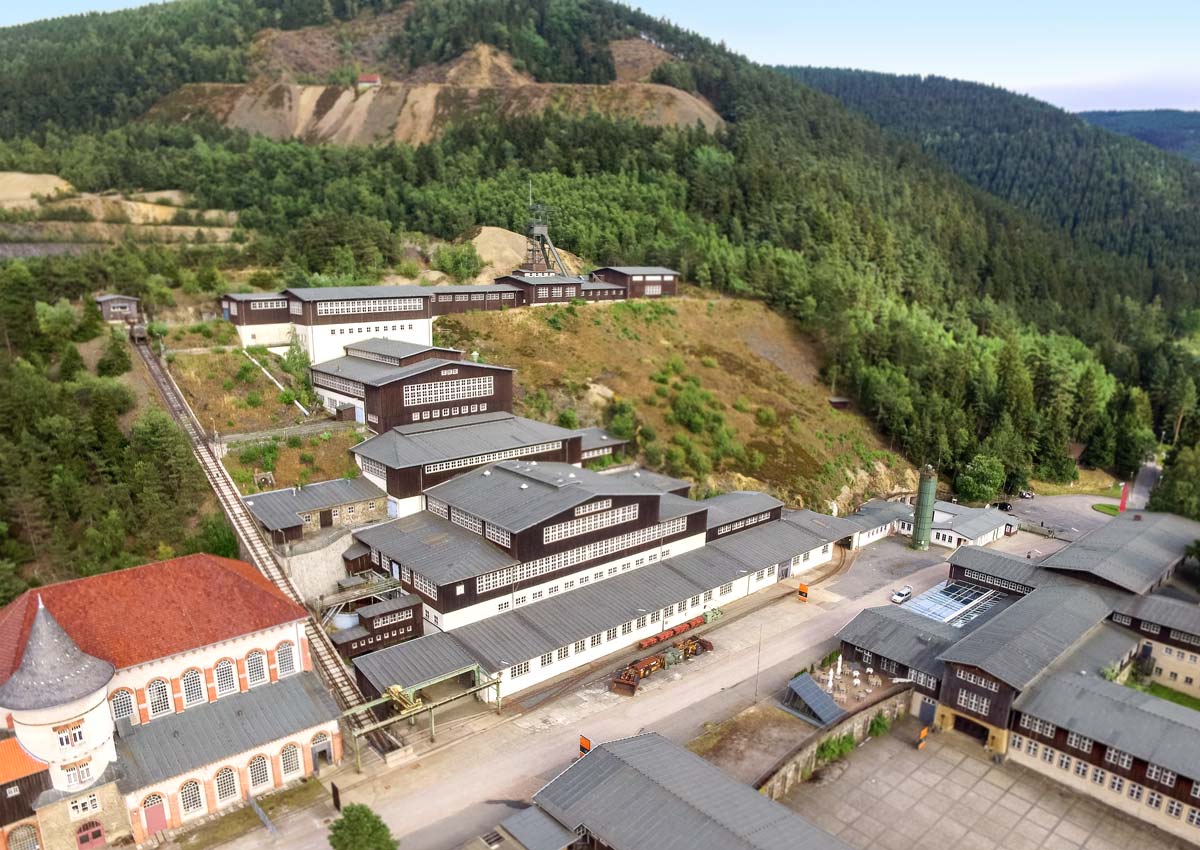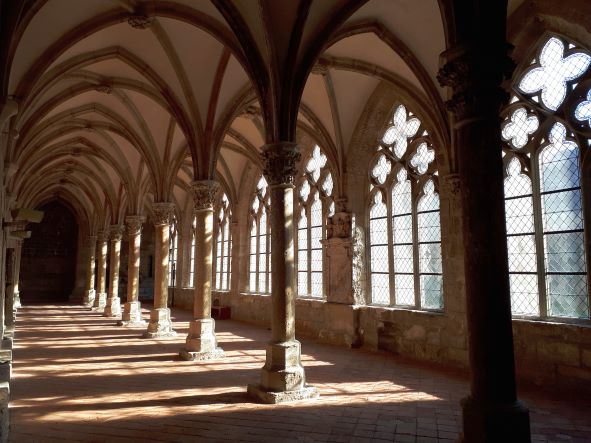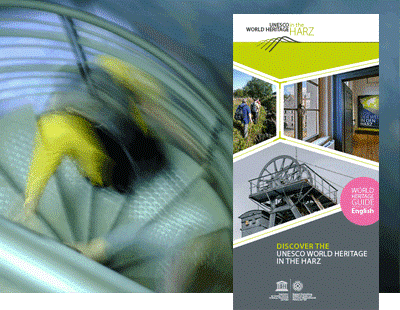The Upper Harz, Goslar and Walkenried Monastery –
power and wealth through mineral resources
Mining towns boom and stagnate with the raw materials that caused them to exist. The towns of the Upper Harz have left behind a World Heritage region with a rich cultural heritage of architecture and urban development.
The prosperity of Goslar and Walkenried Monastery resulted from the participation in mining, technical knowledge of the industry and the trade with the ore. For an entire millennium the mining town grew as a business and trading location based on a mediaeval layout. Technologically skilled monks from Walkenried were active in the business of mining for three centuries on the Rammelsberg and in the Upper Harz. Their »mediaeval monastery business« created one of the richest Cistercian monasteries in Europe on the southern edge of the Harz.
Since the 16th century the ore mining in the Upper Harz, with its water management system and the foundation of seven "free mining towns" has heavily influenced the landscape. The prosperity of the towns from the 17th to the 19th centuries is demonstrated by many buildings and also the Mining and Smelting School, which in 1775 became the Mining Academy and today is the Clausthal University of Technology.
The short video above introduces the theme "Architecture & settlements" in pictures.
The cultural heritage of the architecture & settlements can best be explored on a guided tour.

